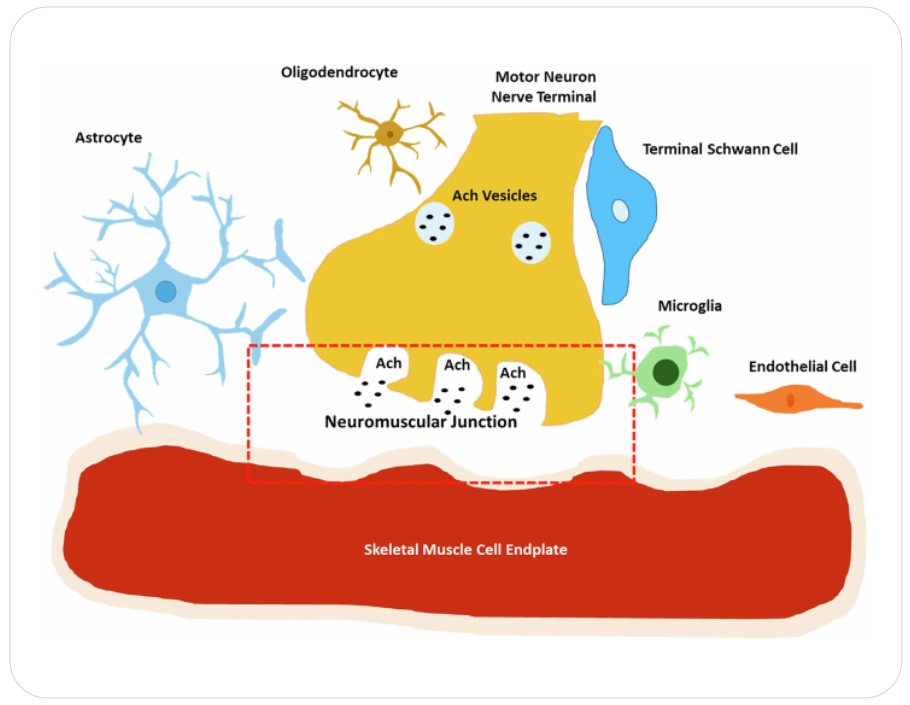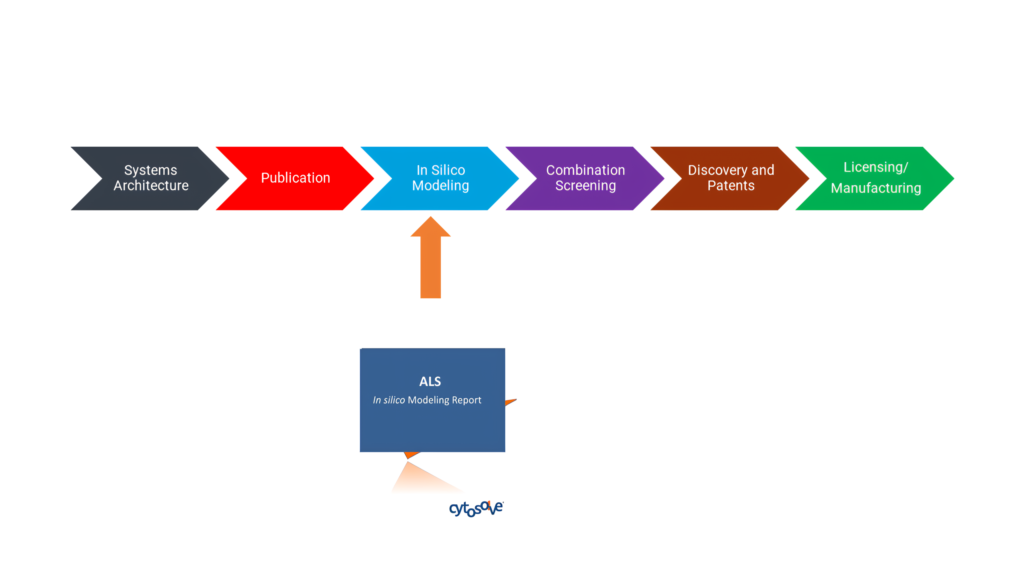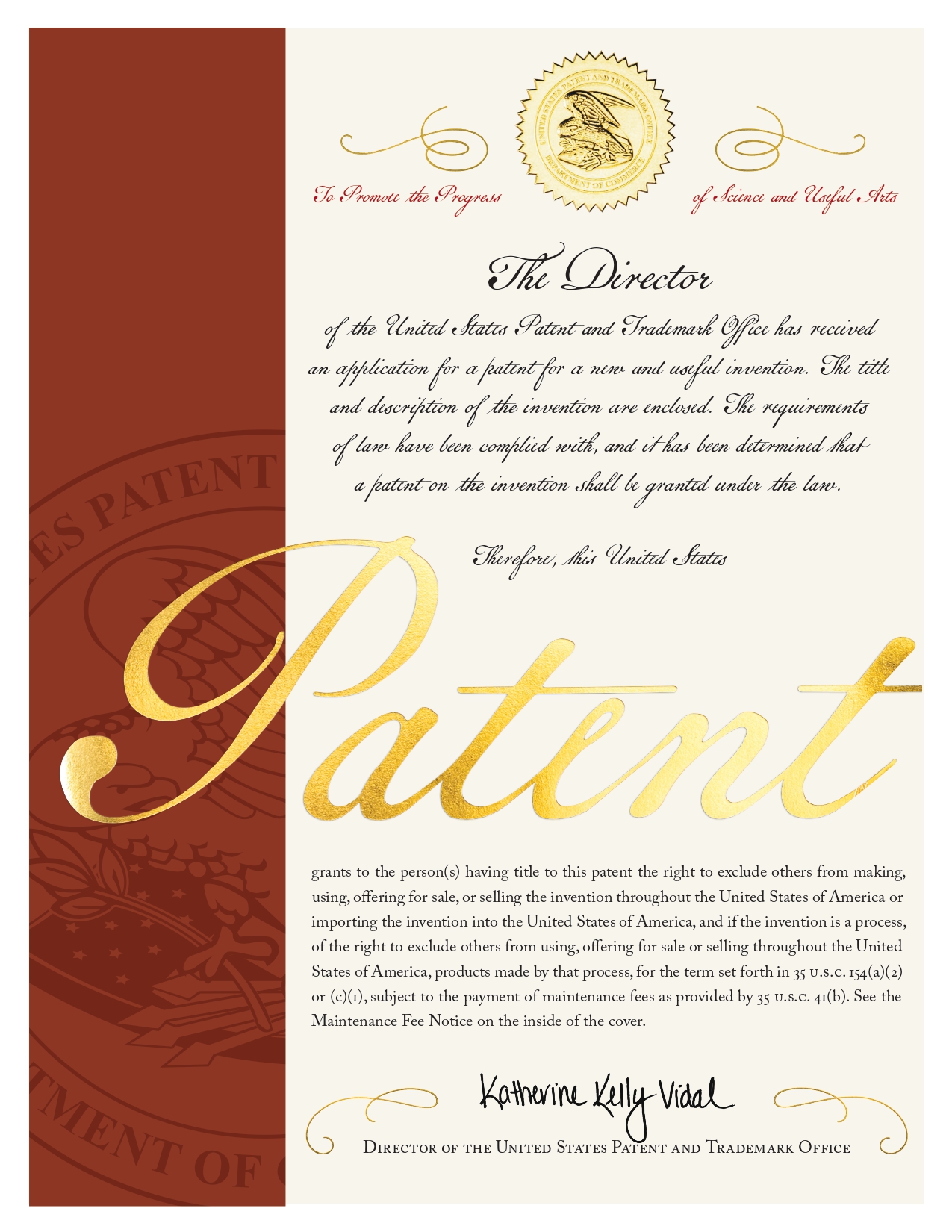
Amyotrophic Lateral Sclerosis Initiative
Amyotrophic Lateral Sclerosis (ALS), also known as Lou Gehrig’s disease, is a progressive neurodegenerative disorder that affects the nerve cells in the brain and spinal cord, specifically motor neurons responsible for voluntary muscle movement. As these motor neurons degenerate and die, the brain loses its ability to initiate and control muscle movements, leading to muscle weakness, atrophy, and eventually paralysis.
The exact cause of ALS is not fully understood, but both genetic and environmental factors are believed to play a role. In about 5–10% of cases, ALS is inherited (familial ALS), while the remaining 90–95% are sporadic, occurring without a clear family history. Risk factors may include age (most common between 40 and 70), gender (slightly more common in men), and exposure to certain toxins.
Early symptoms of ALS may include muscle twitching, weakness in the limbs, slurred speech, or difficulty swallowing. As the disease progresses, individuals may lose the ability to walk, speak, eat, and eventually breathe. Despite the loss of motor function, cognitive abilities are often preserved.
There is currently no cure for ALS, and treatment focuses on managing symptoms, improving quality of life, and prolonging survival. Medications like riluzole and edaravone can modestly slow disease progression. Supportive therapies, such as physical therapy, speech therapy, and assistive devices, play a crucial role in care.
Ongoing research and awareness efforts continue in hopes of better understanding ALS, improving treatment options, and ultimately finding a cure for this devastating disease.

Research Progress
The Open Science Institute’s ALS Initiative has now progressed to the third stage of In Silico Modeling. Our goal is to raise $750,000 to to develop mathematical models representing the biological process involved in ALS pathogenesis. Please support this initiative.

Systems Architecture
The Systems Architecture of Amyotrophic Lateral Sclerosis is published as a web based tool open to public. Click below to interact with the Systems Architecture.

Publication
A peer-reviewed publication resulting from the work of ALS Initiative was published in 2025 in the Journal of Systems Biology and Applications. Download the paper below

In Silico Modeling
In this phase, in silico modeling will be performed to develop mathematical models representing the biological process involved in ALS pathogenesis. This phase is yet to begin.
Combination Screening
In this phase, combination screening will be performed to identify potential ingredient/compounds that target the biological process implicated in ALS pathogenesis. This phase is yet to begin.

Patents
It is proposed that the combination of two natural compounds may act synergistically on four of the five key biomarkers, potentially supporting a future patent application

Licensing and Manufacturing
The ALS Initiative plans to discover, develop, license and manufacture proprietary nutraceuticals to support treatment of ALS. Support our mission to bring this innovation to those who need it most. Please support this phase by donating to the ALS Initiative
